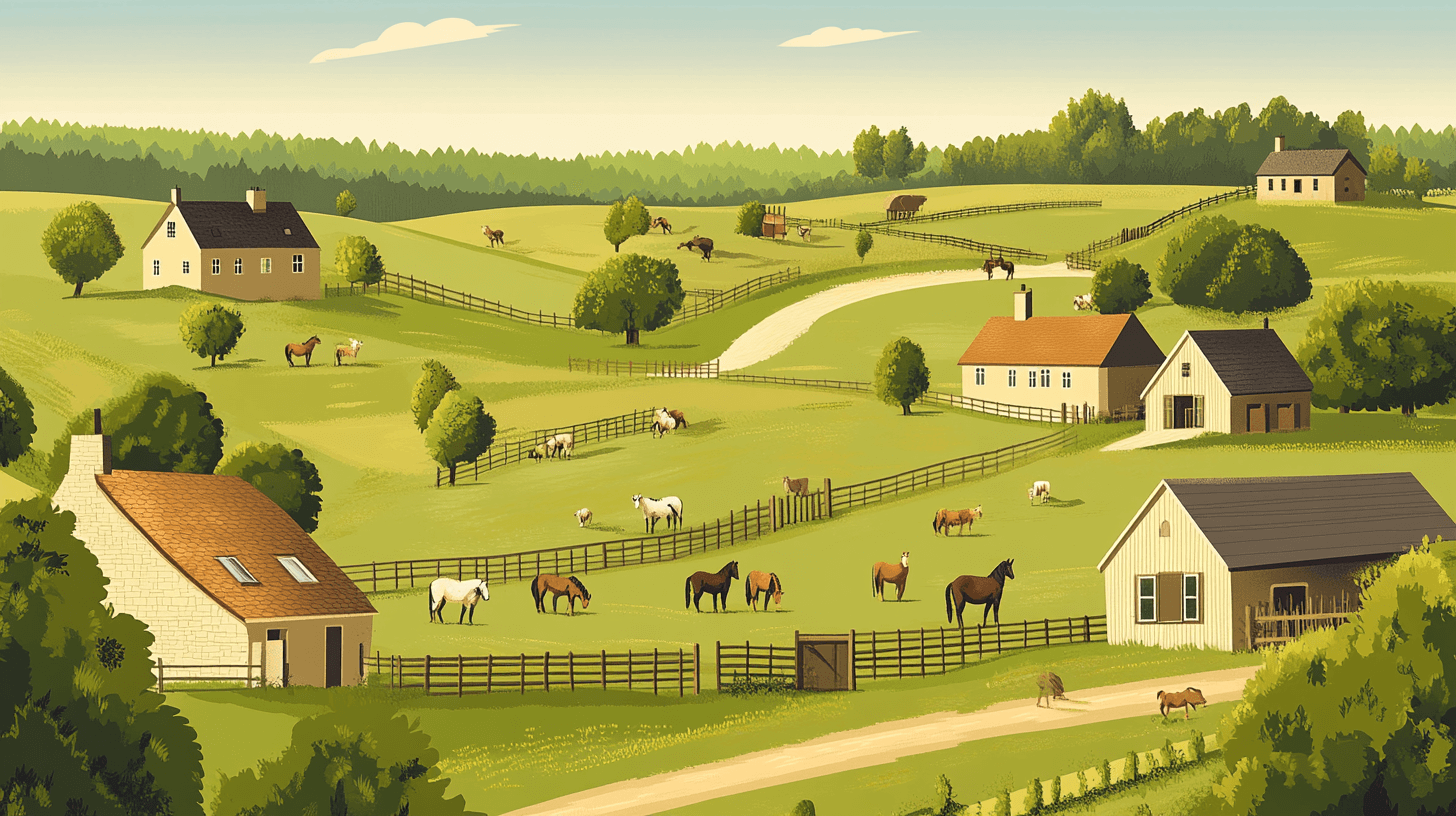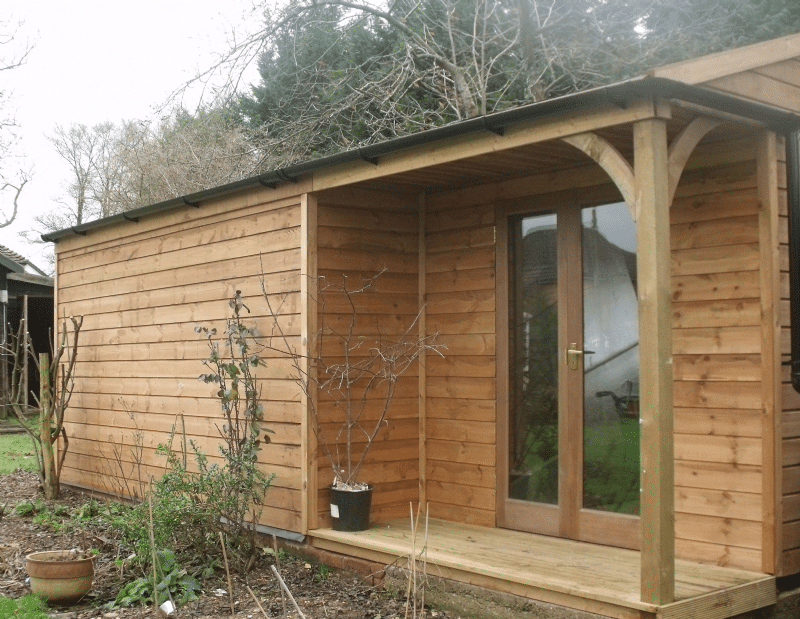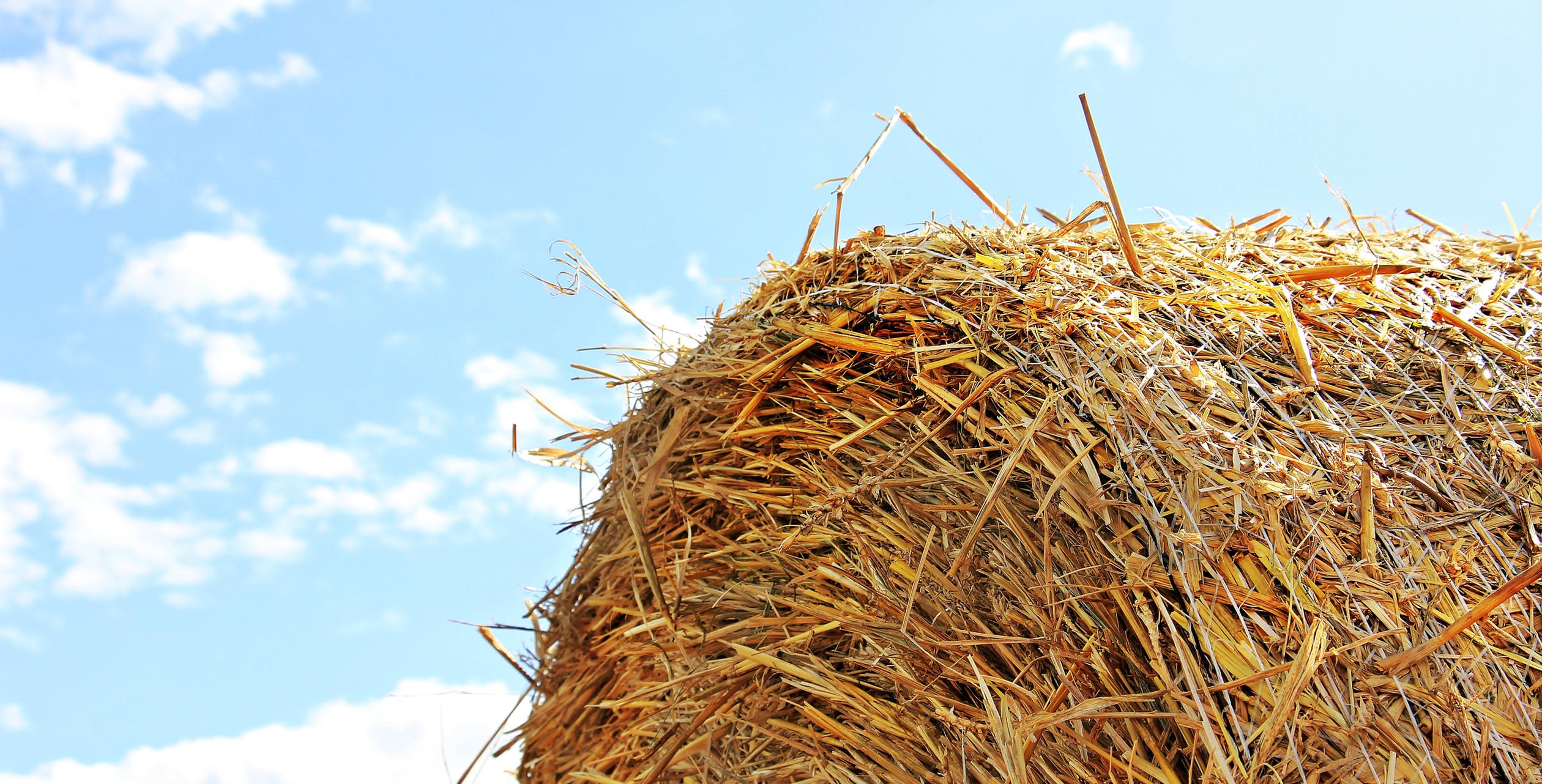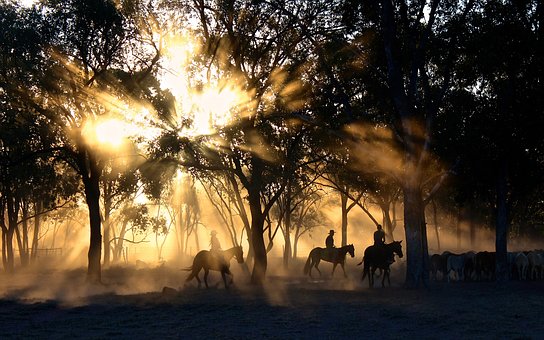
Prepare Your Foaling Stables to Support Healthy New Beginnings
Posted on June 6th 2025News
Welcome to the Prime Stables Blog, your premier source for all things equestrian. Explore insightful articles, tips, and news about horses, stables, and more. Dive into a world of equine care and shelter solutions, and let us be your guide to the equestrian lifestyle.













